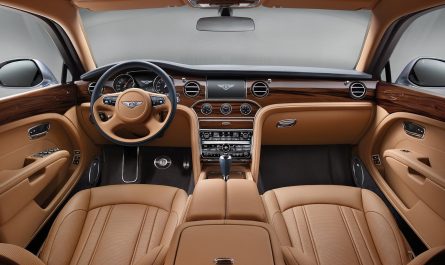Durability and Longevity
One of the biggest benefits of opting for a metal building system is the incredible durability and longevity the materials provide. Metal buildings are constructed using metal panels, trusses and frames that are designed to withstand all types of weather conditions and last for decades with very little maintenance. The steel, aluminum and other metal alloys used do not degrade over time like wood. They are corrosion and rust resistant, so you won’t have to worry about repairs from water damage or rot. Metal structures can withstand high winds, heavy snow loads, extreme temperatures variations without any issues. This makes them a very low maintenance option for both commercial and residential construction projects.
Customizability
Another major advantage of metal building systems is their high level of customizability. Since the frames and panels come in standard sizes, builders can create structures in virtually any size and configuration needed. From small garden sheds to enormous airplane hangars – the possibilities are almost endless. Metal buildings can be expanded or altered even after initial construction to accommodate changes in use or business growth. Their modular nature simplifies additions and remodeling down the line. You also have a wide variety of colors, textures and finishes to choose from for the exterior panels to match any architectural style.
Speed of Construction
Traditional wood framed or masonry buildings require more time, skilled labor and individual assembly of all structural elements on site. In contrast, Metal Building Systems use pre-engineered components that interlock together for speedy construction. Roof and wall panels, trusses and other parts come pre-cut to specification. Contractors just need to anchor the base structure and then lift and attach the pre-made sections into place. This modular process allows builders to complete metal structures in a fraction of the time, often in just a few weeks. their fast erection time also means lower overall project costs especially beneficial for temporary structures.
Cost Effectiveness
Raw Materials and Price Stability
On the topic of expenses, metal buildings surprisingly provide excellent value for money. The metallic alloys used such steel and aluminum are affordable and their prices remain stable year after year unlike timber. Other factors like transportation and fabrication costs are also quite low. Further, a metal structure’s longevity translates to long term savings as it will not need replacement or repairs anywhere near as frequently as wood. Initial construction outlay may seem high, but considering energy efficiency and durability over decades – metal is the most economical choice in the long run.
Low Maintenance
As metal panels, beams and frames do not deteriorate, they eliminate ongoing upkeep expenses like painting, waterproofing and repairs from wear and tear for decades. There are no termites, rot or fire risks to deal with. Harsh weather cannot damage the metal skin. Proper insulation keeps interiors cool in summer and warm in winter reducing utility bills. All these advantages add up to minimal maintenance fees and operating costs over the lifetime of the building. Compared to other materials, metal buildings result in negligible lifetime maintenance and replacement costs making them significantly cost effective in the long run.
Energy Efficiency
Metal buildings provide enhanced energy efficiency through durable, airtight construction. Their sandwich panel assemblies are rigorously tested to minimize heat transfer. Properly installed, the walls, ceilings and roofs will not warp nor allow airflow. Insulation values can be further increased through the addition of foam inserts. Large expanses of panels permit daylighting from windows and reduce the need for interior lighting during daytime. Metal structures also enable seamlessly integrating renewable energy technologies like solar panels on sloped roofs. All of these factors enhance energy savings through reduced expenses on electricity and heating/cooling. Owners benefit from decreased environmental footprint and utility bills.
Fire Resistance
Metal construction is an inherently fire resistant option. Steel and aluminum do not burn, nor do they readily transmit flames. Metal panels act as a barrier to contain and prevent the spread of any ignition source. They also do not give off toxic gases if exposed to fire. Building code agencies recognize metal structures to have higher fire resistance ratings than wood. This provides both life safety advantages and property protection. Metal buildings are ideal for applications where flame hazards exist such as industrial, manufacturing and other commercial uses to minimize damage from conflagrations. Their fireproof skins safeguard valuables and proprietary equipment within importantly.
Resale and Expandability
Metal buildings maintain market value better than many other options like wood. Their durable shells can economically accommodate new occupants and future business needs. As metal structures tend to last 50+ years with minimal repairs required, buildings retain resale potential decades after initial construction as versatile, long-term investments. Owners benefit from maintaining asset appreciation. Prospective buyers gain a ‘new’ building infrastructure at a competitive rate. Due to pre-engineered modularity, emptymetal structures also simply expand additional square footage by coupling new sections to existing frameworks making long term remodeling seamless and affordable.
metal building systems offer tremendous advantages across design, installation and life cycle costs when compared to standard wood or masonry buildings. Their durable weather-resistant shells provide decades of virtually maintenance-free use with energy savings, fire ratings, expandability and resale value. On both initial investment and long term basis, metal buildings are simply one of the most cost effective and sustainable options for both commercial and residential construction applications today.
*Note:
1.Source: Coherent Market Insights, Public sources, Desk research
2.We have leveraged AI tools to mine information and compile it



